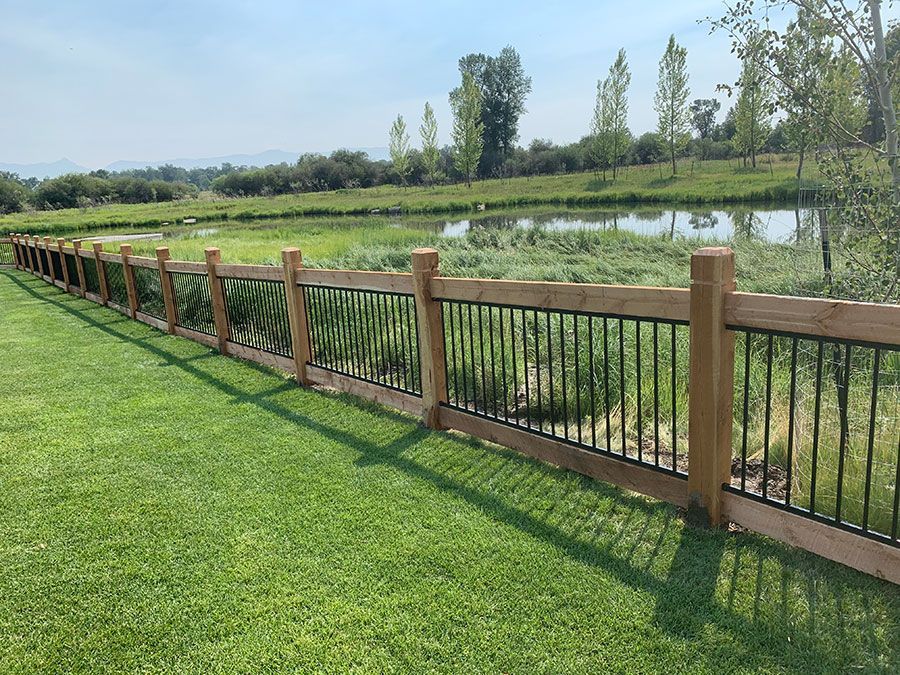Deciding on the perfect fencing for your property might seem difficult. Let’s compare continuous panel fencing with traditional fencing to make the choice clearer.
Cost and Material Breakdown
The materials you choose for your fence significantly affect its price and performance:
- Continuous Panel Fencing: Made from welded steel, this type of fencing is built for long-term strength and resilience. Though the upfront cost can be more, it saves money in maintenance down the road.
- Traditional Fencing: Includes options like wood, barbed wire, or vinyl. While often less expensive upfront, these materials may require frequent repairs or replacements, increasing long-term costs.
Durability and Maintenance Considerations
Considering long-term durability and maintenance, here's how the two types of fencing measure up:
- Continuous Panel Fencing: Built for strength, these panels resist damage from livestock and harsh weather conditions. Maintenance is minimal, usually limited to occasional cleaning or rust prevention.
- Traditional Fencing: Traditional fences, particularly wooden ones, can deteriorate from weather exposure. Barbed wire and vinyl options are also vulnerable to wear. Ongoing maintenance is often needed.

Aesthetic Differences
How your fence looks can impact your property’s aesthetic:
- Continuous Panel Fencing: With its clean and modern appearance, continuous panel fencing is suitable for both residential and farm settings, and can be tailored with different finishes and accessories.
- Traditional Fencing: Wood and vinyl fences offer a classic, rustic charm, while barbed wire focuses more on practicality than aesthetics.
Best Applications for Each Fencing Type
The purpose of your fence will dictate which type is most suitable:
- Continuous Panel Fencing: Ideal for livestock containment, property boundaries, and high-traffic areas where durability is critical.
- Traditional Fencing: Ideal for smaller enclosures, aesthetic purposes, or when on a tighter budget.
Conclusion: Choosing the Right Fence
When choosing between continuous panel fencing and traditional fencing, consider your priorities:
- For long-term durability and low maintenance, continuous panel fencing stands out as the best option for durability and minimal upkeep.
- For a more budget-friendly or decorative option, traditional fencing may offer a more affordable and visually appealing alternative.
Evaluate your budget, property requirements, and style preferences to make the most suitable choice.